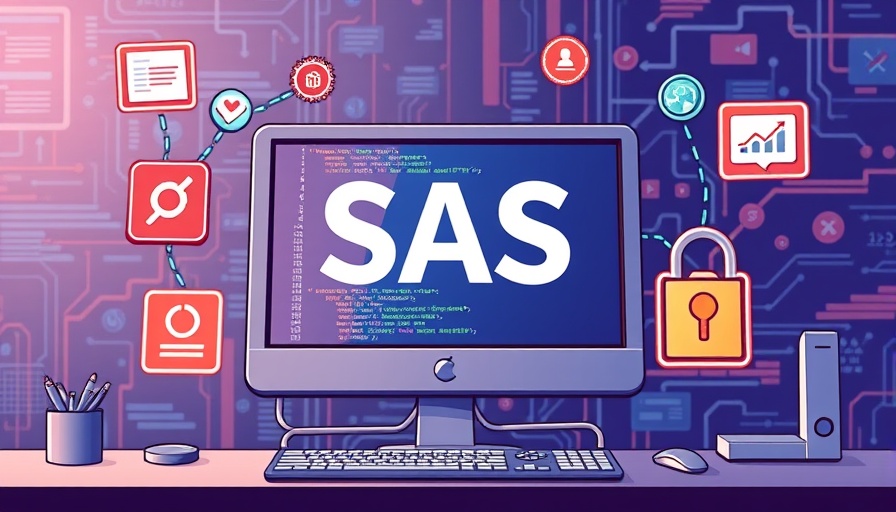
Understanding the Value of Code Consistency in AI Development
In the realm of artificial intelligence and machine learning, the importance of maintaining consistent coding standards cannot be overstated. As projects grow in scale and complexity, effective collaboration among developers hinges upon clear and uniform coding practices. Just as AI algorithms rely on data quality, so too does software rely on clear, maintainable code to function optimally.
The Role of SASjs in Maintaining Standards
SASjs emerges as a pivotal tool, particularly for organizations leveraging SAS for their data analysis needs. By integrating automatic linting – a process that checks code for stylistic errors, adherence to best practices, and potential bugs – SASjs ensures that coding remains consistent and secure. This process enriches a project's lifecycle by making code easier to read and understand, which is crucial when developing AI models that require collaboration and scrutiny from various stakeholders.
Installation Steps Made Easy
Getting started with SASjs could not be simpler. Developers should install Node.js, either directly or through the Node Version Manager (NVM) for Mac/Linux users. Following the installation, executing a simple command to install SASjs via the Node Package Manager (NPM) empowers developers to begin linting their SAS code. This user-friendly approach enables even novice developers to maintain high code quality effortlessly.
Customizing Your Linting Experience
A major advantage of SASjs is its customizable linting rules. Developers can create a .sasjs file tailored to their project’s specific coding standards. Options such as managing invisible characters, allowed code patterns, and header requirements enhance the code's readability and integrity. These customizations reflect the unique needs of a project, making SASjs an adaptable tool in the arsenal of coding standards enforcement.
The Broader Implications of Code Quality in AI
As artificial intelligence continues to intertwine with various industries, the implications of code quality extend far beyond personal or organizational standards. Consistency in coding can significantly influence the development of trustworthy AI systems. Ensuring that AI algorithms are built upon a stable, well-structured codebase enhances not only their performance but also their ethical deployment.
Future Trends and Opportunities in Coding Standards
With AI increasingly becoming mainstream across sectors, the future opportunities related to standardizing code practices are vast. Companies that invest in tools like SASjs are not merely ensuring immediate code quality; they are building a long-term framework for innovation. As AI technologies advance, companies with established coding standards will find it easier to pivot and adapt their systems to new challenges, ultimately enhancing their competitive edge.
Taking Action: Why Linting Matters
In a field as dynamic as AI, where the implications of software failures can translate to significant operational risks, appreciating the full value of tools like SASjs is essential. Linting provides a robust roadmap for software quality that not only enhances immediate technical output but also sets a standard for future development. As businesses become more reliant on AI technologies, the value of consistent code standards will only grow, making a compelling case for widespread adoption.
 Add Row
Add Row  Add
Add 




Write A Comment